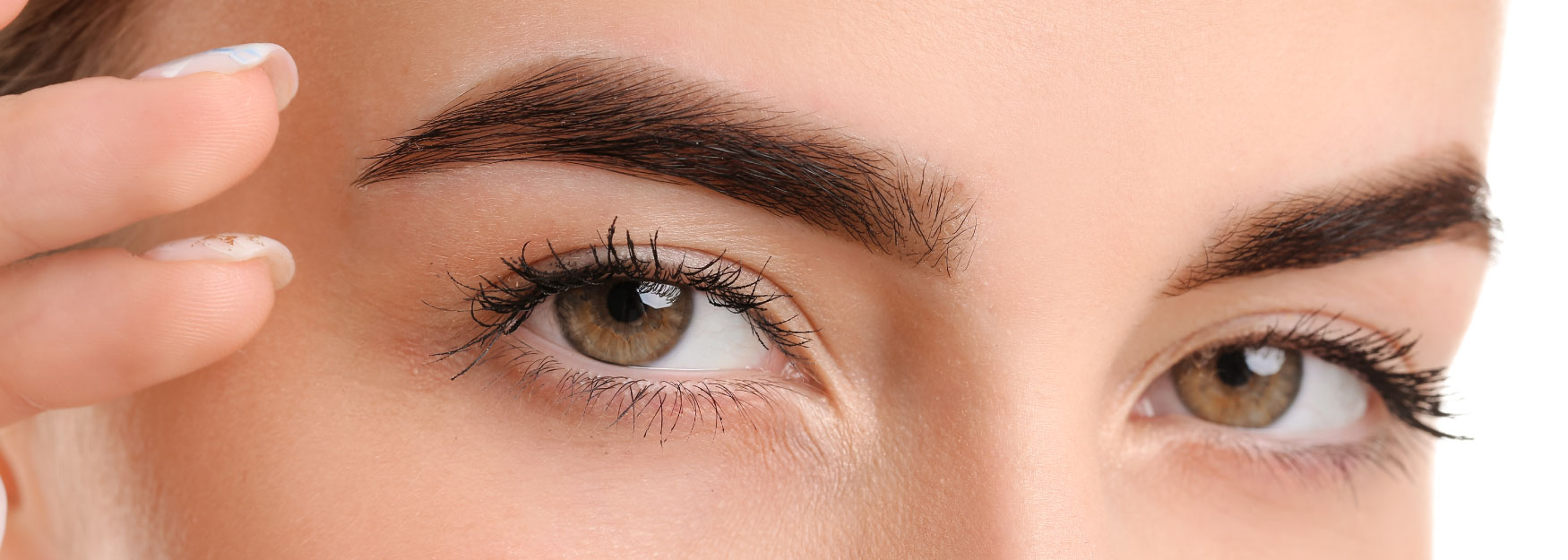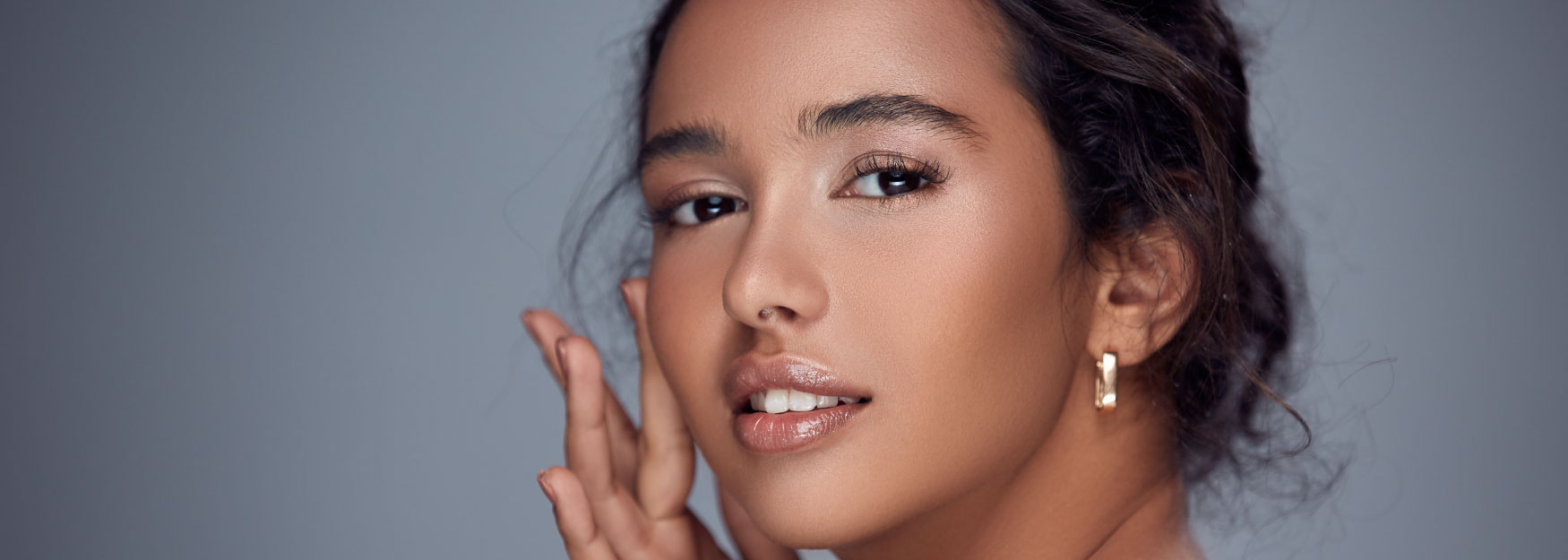
BHRC BLOG
How Long Does Botox Last for First Time Brow Lift Injections?
Botox injections are a common cosmetic procedure that involves the botulinum toxin being administered to parts of your body, most commonly on your face, to relax your facial muscles and remove signs of aging by removing the appearance of facial wrinkles and fine lines. While the forehead is the most commonly treated area, Botox can be used to give a brow lift if desired.
So how long does Botox for first-time injection for brow lift last? First-time Botox patients usually experience the benefit of the treatment for a shorter period of time which is roughly around three months. On average, people who get regular Botox treatments should see the effects from Botox injections last around 3 to 6 months.
How Long Do The Effects of Botox for First-Time Patients Last?
If you’re seeking to get a brow lift from Botox injections, on average you should expect to see the result for up to 2.5 months before needing another treatment session. This timeframe is however highly dependent on a couple of factors like the amount of Botox used and your natural metabolism rate, so you may see the effect lasts for a shorter or longer period of time.
During your initial injection treatment, immediate improvements to your face aren’t typically visible yet. It may take a few days to a week after your initial treatment to see the full results. Once you begin to notice your brow lift disappearing after 3 months, you can book a follow-up treatment to maintain your look.
Effects of First-time Botox Users vs Regular Use of Botox
After your first Botox treatment, while you will definitely see improvements to your appearance, it may seem lackluster at first. You may also notice that the benefits from your first Botox session disappear rapidly as compared to someone who has been getting Botox injections more regularly. This is because Botox is a treatment that needs multiple sessions to truly see the best result.
With regular Botox use, your facial muscles will slowly weaken and have a harder time constricting back to their original form after each injection. This means that your muscles will retain the effect of Botox for a longer period of time and require less frequent sessions over time. It’s been said that if you get Botox every 4 months for 2 years, the benefits of Botox may linger longer than usual and you can start coming in for a Botox session every 6 months rather than 4.
What Makes the Effects of Botox Disappear?
Botox isn’t a permanent solution and will naturally fade away. As Botox is essentially a toxin, your body will try to process it and heal from the supposed damage it caused. During the healing process from Botox, your body creates new neurotransmitters which slowly remove the effectiveness of Botox and allow your muscles to re-contract.
Once the muscle is healed, the subsequent benefits to your appearance will also fade away. More often than not the longevity of Botox will be dependent on your body’s natural genetic metabolism and how fast it can metabolize Botox.
However, while the breakdown of Botox is a natural occurrence that cannot be stopped, there are a few things you can do to slow down the metabolization of Botox in your body. Here are just some of the things you can do:
1) Avoiding Over-Exercising
Though exercise is a key factor in staying healthy, it can actually make the effects of Botox fade a lot quicker than usual. Due to the increase in blood pressure, the muscles in your body are more likely to contract and be counter-intuitive to the workings of Botox. After your Botox sessions, it’s advised specifically that you skip your regular workout after you receive Botox for at least 24 hours.
This is done to prevent your muscles from constricting and allow the Botox to fully settle. But in between sessions, you can still continue a regular exercise routine. However, it’s also important to avoid strenuous or high-intensity workout programs if you want to see the effect of Botox for a longer period of time.
2) Avoiding The Sun and Heat
Botox is highly sensitive to heat and constant exposure to it may actually cause it to deteriorate faster. If you have Botox or dermal fillers on your face, it’s advisable to stay out of direct sunlight to promote the longevity of your Botox injections.
You should also avoid saunas, steam rooms, or placing heating pads where you have Botox as it will make it wear off a lot faster. If you need to be under direct sunlight, it’s advisable that you use an SFP of at least 30 to minimize the heat and the damage it could cause to your Botox and your skin in general.
3) Controlling Your Facial Expressions
While this may sound a little weird, limiting your facial expressions and movement may help maintain the effects of Botox for longer periods of time. Like exercise, moving your face too much can cause your muscles to contract and weaken the effects of Botox.
Within 24 hours of your Botox session, it’s advisable to avoid making highly expressive facial expressions to allow the Botox to fully settle into your face. Afterward, while the Botox has already settled, it’s still advisable to limit movement in the areas where the Botox has been injected to boost its longevity and prevent your muscles from contracting.
4) Taking Zinc Supplements
To prolong the effects of your Botox treatment, it has been said that zinc supplements could be a key component. This is because the botulinum toxin used for Botox is part of the enzyme group that is dependent on zinc to remain active.
By boosting zinc levels in your body, it’s possible that the Botox treatment won’t only last longer but provide better-looking results. Currently, Zytaze is one of the more popular zinc supplements that have been proven to boost the longevity of Botox in the body.
5) Including Retinol Into Your Skincare Routine
While you should avoid retinol products within the first 48 hours of your Botox treatment, including Retin-A into your skincare routine may help the visible benefits of Botox last longer. Though retinol doesn’t directly affect the Botox solution itself, dermatologists have emphasized the importance of healthy skin and how the condition of your skin plays a big part in the longevity of Botox. Like Botox, many suggest retinol as it helps prevent the signs of aging in itself and can potentially lead to your needing fewer Botox sessions.
Can You Get Too Much Botox?
While you may want to get extra Botox sessions if the effects fade faster than usual, you may want to wait it out a while as it could do more harm than good. Though Botox procedures are safe, there’s a thing like too much Botox. Getting too much Botox can damage your muscles severely and actually cause negative longer-term effects to your appearance and health.
In the best-case scenario, excessive Botox will flatten out your muscles leaving you with a distorted look or limited facial muscle movement. On the other hand, it’s also possible to develop botulism which is an illness that can induce vomiting and nausea. In severe cases, botulism can cause fatal paralysis as well. To avoid overdoing Botox injections and the possibility of botulism, it’s best to allow at least 3 months in between each session.
Alternative Cosmetic Treatments To Botox
While Botox is an effective treatment, there’s a certain amount of risk and upkeep linked to it. If you’re looking for a blow lift procedure but don’t think Botox is right for you, there are other treatments that could give you a similar result and may be better suited to your lifestyle. Ranging from surgical treatments to less invasive procedures, here are some alternatives to a Botox brow lift:
1) Dysport Injections
Dysport is another injection treatment that uses botulinum toxin as well to relax your facial muscles and give you a brow lift. While it’s very similar to Botox, Dysport uses different techniques and targets different facial structures to achieve its desired results.
Dysport also produces slightly faster results than Botox and lasts for about 3 months as well. However, if injections cause you discomfort or anxiety, Dysport does require more units and injections to be used on your face so it may not be the best option for you in that case.
2) Surgical Brow Lift
If you want to avoid the botulinum toxin in your treatment entirely, a surgical brow lift may be the procedure for you. A surgical brow lift doesn’t require you to be put under general anesthesia and should only take 30 minutes to complete. Using topical local anesthesia, your dermatologist will create little incisions on your skin to pull your eyebrows up and create a lifting effect.
This treatment doesn’t provide immediate results but you should notice a lift in your brow 2 weeks post-procedure. Unlike Botox, a surgical brow is a permanent solution that won’t require as many touch-ups. However, as your skin ages, you may see the effect slowly fade over the years and require another surgical brow lift down the road.
3) Brow Lift Threads
A thread lift uses thin threads to physically lift your brows and face. Your dermatologist will insert the threads around your eyebrow area and pull it taut creating an immediate lift to your face and brow. With the special threads used in the procedure, they should slowly dissolve into your skin without needing a post-procedure removal. While there’s minimal downtime to this procedure, it’s recommended that you sleep on your back for the first couple of weeks after your treatment.






